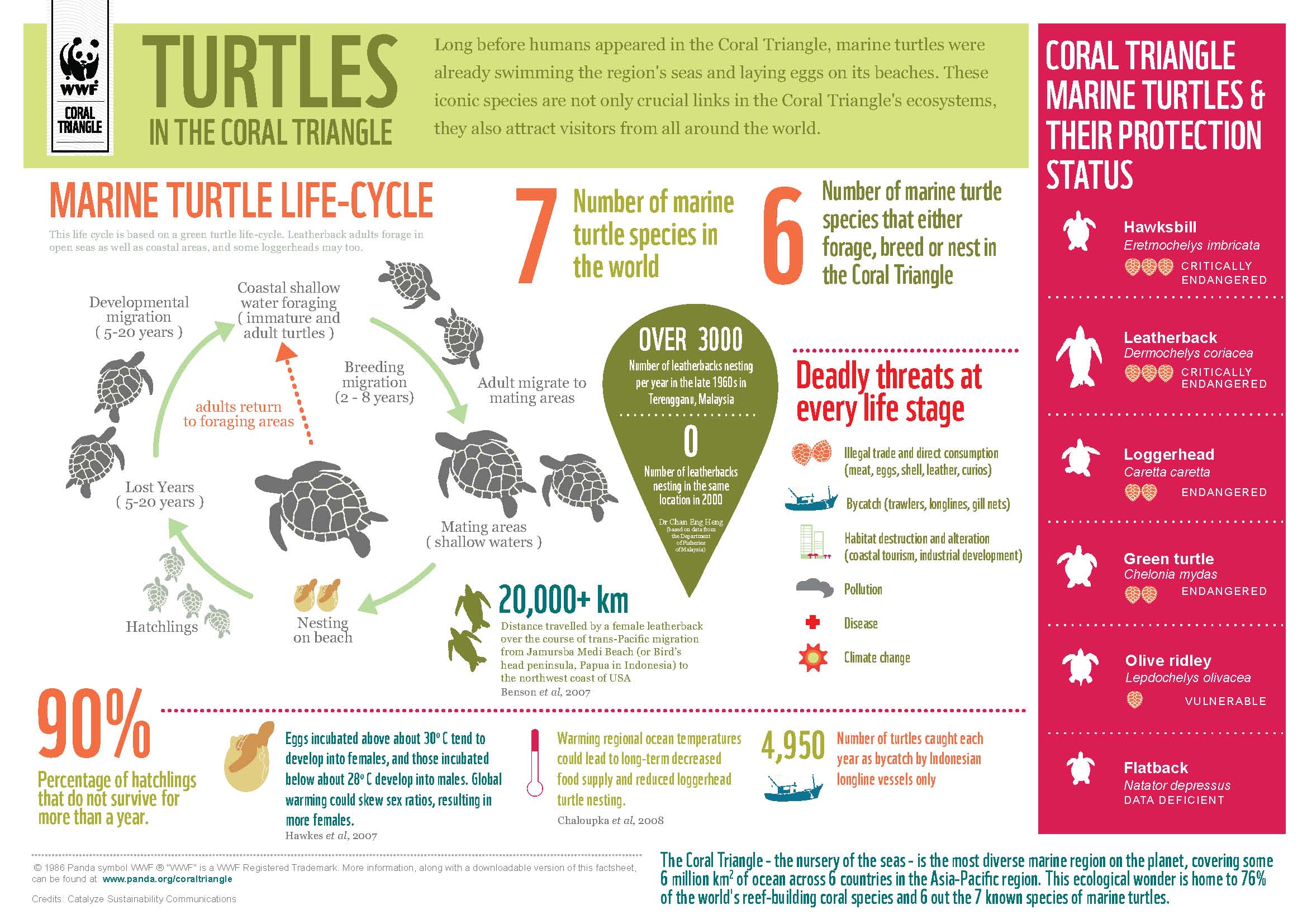With amazing spring temperatures so early this year, sea turtles may begin creeping out of the sea earlier than usual. If you’re in the southeastern U.S. during sea turtle nesting season (typically May through October) you may have the opportunity in the early morning to stumble across the flipper tracks of a female sea turtle that dug a nest the night before.
- Loggerhead sea turtles tracks alternate (comma-like) left and right flippers and there is no tail mark.
- Green and leatherback sea turtles use their right and left flippers at the same time to crawl up the beach and they both have tail marks.
- Leatherback sea turtles are the widest at approximately 6-7 feet across. Leatherback sea turtles travel over 3,000 miles to get to their nesting beaches.
Mother sea turtles lay 100-150 eggs in each nest. They may lay up to 3-8 nests per season. The juveniles hatch after 45-70 days under the cover of darkness.
Please note that it is a federal law to harass, feed, hunt, capture or kill sea turtles in the U.S. Do not interact with any nesting sea turtles as it could be interpreted as harassment. Check out the local National Park Service in the area for information on guided tours to witness a nesting female.










What people are saying …